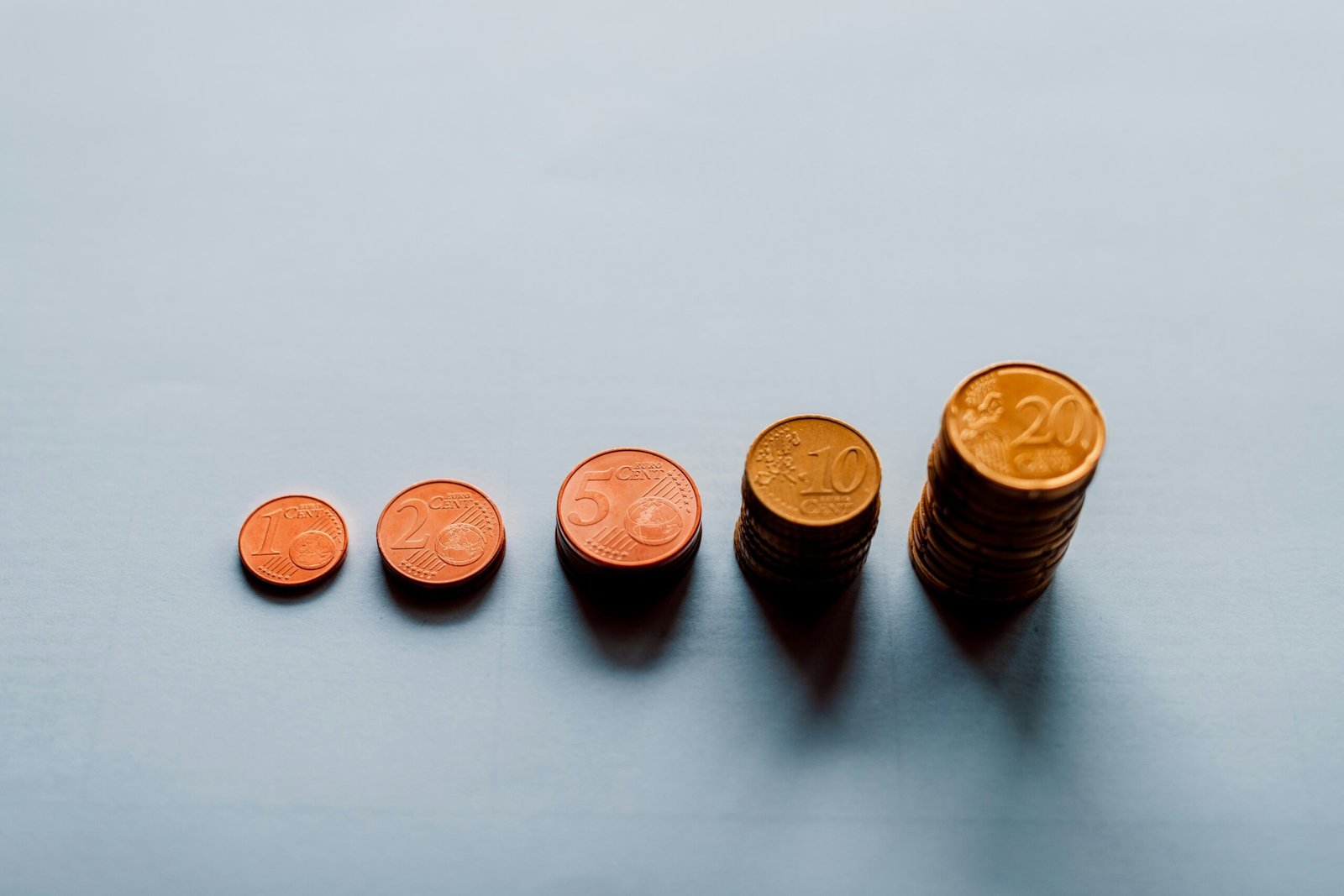Picture this: You’re 22, just landed your first paycheck, and you’ve got big dreams—travel, a car, maybe even a down payment on a house. But here’s the kicker: the money you save today could either work for you or sit idly in some dusty old account growing moss. Ever heard of High-Yield Savings Accounts? No? Buckle up because we’re diving deep into why they are your new financial BFF.
In this post, we’ll unpack:
- What makes high-yield savings accounts so appealing.
- How to pick the perfect youth-focused option.
- Strategies to grow your stash faster than your TikTok following.
Table of Contents
- Key Takeaways
- Why Youth Savings Accounts Need High Yield Now
- Step-by-Step Guide to Choosing a High-Yield Account
- Pro Tips for Maximizing Your Savings Growth
- Real Stories: Young Savers Crushing It with High Yield
- FAQs About High-Yield Savings Accounts
Key Takeaways
- Interest Rates Matter: High-yield accounts offer 5x+ the national average interest rate.
- No Hidden Tricks: Most accounts have low fees, no minimum balance requirements, and FDIC insurance.
- Youth-Friendly Options: Many banks design these accounts specifically for students and young adults.
Why Youth Savings Accounts Need High Yield NOW

I was once guilty of dumping cash into a regular savings account offering 0.01% interest (*cue cringe*). After months, I’d check my balance, only to see it barely budge. Spoiler alert: That’s not how wealth grows!
Here’s what changed my game:
Traditional savings accounts = snails racing uphill.
High-Yield Savings Accounts = cheetahs running downhill at full speed.
With inflation chipping away at purchasing power, putting your dollars in a high-yield account ensures you’re staying ahead of the curve. For younger folks, starting early means harnessing compound interest—the ultimate “set it and forget it” strategy.
Step-by-Step Guide to Choosing a High-Yield Account
Optimist You: “There’s gotta be an easy way to choose one!”
Grumpy You: “Yeah, but comparing APYs feels like trying to solve algebra blindfolded.”
Fret not! Here’s how to get started:
Step 1: Understand Your Goals
Ask yourself: Is this emergency fund territory? A dream vacation? Maybe both? Clear goals help refine which features matter most (e.g., withdrawal limits).
Step 2: Compare Annual Percentage Yields (APY)
The magic number. Look for accounts advertising APYs above 3%. Online-only banks often dominate this space due to lower overhead costs.
Step 3: Check Fees & Requirements
Some accounts charge maintenance fees if balances dip below certain thresholds. Avoid those traps! Opt for something hassle-free instead.
Pro Tips for Maximizing Your Savings Growth
Let me drop some truth bombs:
- Automate Deposits: Set recurring transfers so saving becomes non-negotiable.
- Ladder CDs Strategically: Combine certificates of deposit with savings; earn tiered rates without locking all funds.
- Avoid Terrible Tip Alert: Don’t park ALL your savings here. Liquidity matters—keep emergency cash accessible too.
Rant Time:
Let me vent. Why do traditional banks still push those paltry 0.01% accounts when better options exist? Feels like selling flip phones in 2024! Okay, done screaming into the void now.
Real Stories: Young Savers Crushing It with High Yield

Taylor, 25, used Ally Bank’s high-yield account during grad school. Within three years, she grew her initial $5K to nearly $7K thanks to consistent contributions and solid returns. Chef’s kiss for drowning student loan stress!
FAQs About High-Yield Savings Accounts
- What’s the downside? Limited access. Typically six withdrawals per month max.
- Is my money safe? Yes, insured by the FDIC up to $250K.
- Can teens open them? Absolutely, but parental cosignature might be required.
Conclusion
High-yield savings accounts give you back control over your money story. Start smart, automate smarter, and watch those numbers climb faster than your caffeine buzz after a triple espresso shot.
Oh, and remember: Like nurturing Tamagotchis back in the day, consistency is key. Happy saving!


